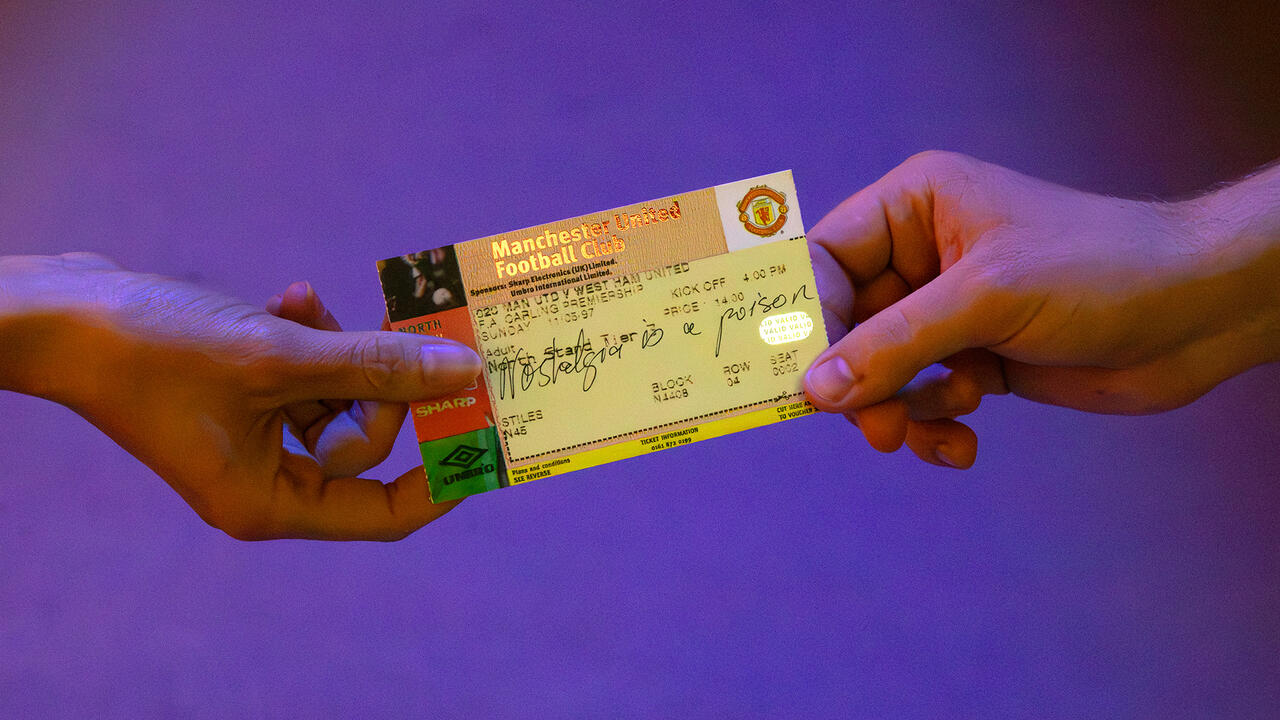Hard to Explain
On good translations and difficult texts
On good translations and difficult texts
On 1 July, William Gibson’s sci-fi classic Neuromancer turned 30. Reports marking the anniversary brought back bad memories of how, earlier this year, I tried to battle my way through this monster in the original English. Although not usually a problem for me, a native German speaker, I found the book unreadable, in contrast to Distrust That Particular Flavor (2012), a volume of Gibson’s essays I had read cover to cover just previously. In Distrust …, hyper-lucid descriptions of everyday life and the future; in Neuromancer, impenetrably interwoven levels of time and reality. In the essays, thrillingly clear language, in the novel, endless complex neologisms and their not especially helpful acronyms (ICE = Intrusion Countermeasures Electronics).
I began feeling sorry for Reinhard Heinz, the translator responsible for the first German version of Neuromancer in 1987. It must have been a hell of a job, and there were some serious casualties. Just one example: Heinz translated ‘silicon’ (the mineral used in computer chips, ‘Silizium’ in German) as ‘Silikon’ (the German word for ‘silicone’, the rubbery polymer). The German Neuromancer went to print before this error was noticed which had the unintended consequence of pumping up the book’s techno-digital aspect with cosmetically enhanced allusions.
All this made me think of our work at frieze d/e. We work with excellent translators – from English into German and vice versa – but we still regularly struggle with translations. Sometimes with copy we assume will be easy to translate, sometimes with pieces that are already far from accessible in the source language. When the initial translation into English of a piece for this issue turned a ‘training module for welders’ (Ausbildungsmodul für Schweißer) into a ‘curriculum for apprentices in Switzerland’, it was an amusing faux pas that was soon corrected. But things get more serious when – and this happens surprisingly often – my Anglophone fellow editors are not especially fond of a text in translation, while the German editors think it is a strong piece in the original. The same also happens the other way round. Why is that? Does the translation process reveal weaknesses in the argument that were masked in the original by clever word choice and stylistic flourishes? Or are there cultural differences concerning the tolerance of writers’ linguistic idiosyncrasies and distinctive ways of making a point?
I would venture the following observation: English seems better able to absorb the occasional empty phrase than German. Perhaps because English is more concise overall, allowing an almost content-free clause to be passed over more easily than its equivalent in German which crumbles in the face of its own length and emptiness. Meanwhile, a German text that refers, for example, to the ‘mythology of love’ without making it sound all too serious, can acquire such gravity in translation as to confirm every stereotype of German earnestness.
The fact that most of the writing we deal with at frieze d/e is about art doesn’t make things easier. Art is commonly known to be among the subjects most difficult to grasp via language. No one needs to be told that texts about art (including, if we are honest, the occasional example in this magazine) sometimes make arduous reading. Christian Demand, now the editor of the German essay magazine Merkur, wrote in his book Die Beschämung der Philister (Shaming the Philistines, 2003) that art publications have a tendency to develop a peculiar language all of their own: ‘the closer the affiliation [of an art publication] to art world institutions, the greater the likelihood that it will contain enthusiastic accounts of personal experiences, threadbare turns of phrase, and simulations of profundity.’
At frieze d/e, we aim to keep art jargon and empty hyperbole to a minimum. So if sentences like the following turn up in the raw version of a text – ‘these works suggest investigations into inner states and the unconscious’ – we make sure to lose them. For the worst cases, an English colleague likes to quote The Economist Style Guide: ‘clarity of writing usually follows clarity of thought’.
Of course there are also the texts that make up for all this: all the reworking, re-editing or judging whether a piece might call for a straightforward translation or one that could depart further from the original. Just one example: whichever translator produces the English version, translations of film critic Bert Rebhandl’s texts regularly impress our native English-speaking editors. Is it possible that this author not only knows how to write agreeably accessible pieces in German, but also how to make sure his texts lend themselves to translation into English? Might he even have the English in mind as he writes? Rebhandl sometimes also works as a translator from English to German, which may account for this. Or an example from this issue: when I sent the German novelist David Wagner the English translation of his light-footed text on complex thoughts regarding e-books and e-publishing, he replied: ‘reads very well in English. I almost prefer it …’ The native English speakers in the office liked the text too. Sometimes it’s that simple.
Translated by Nicholas Grindell
















